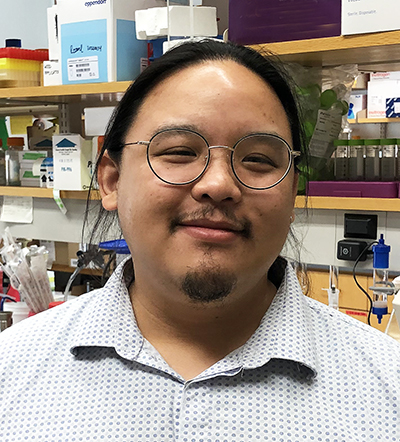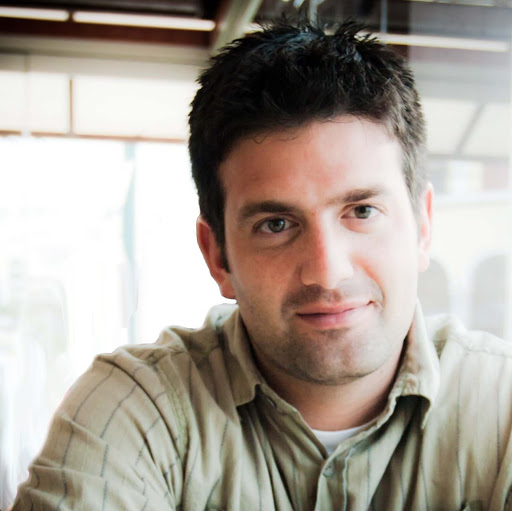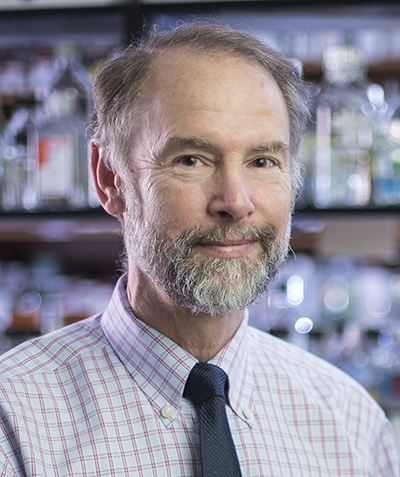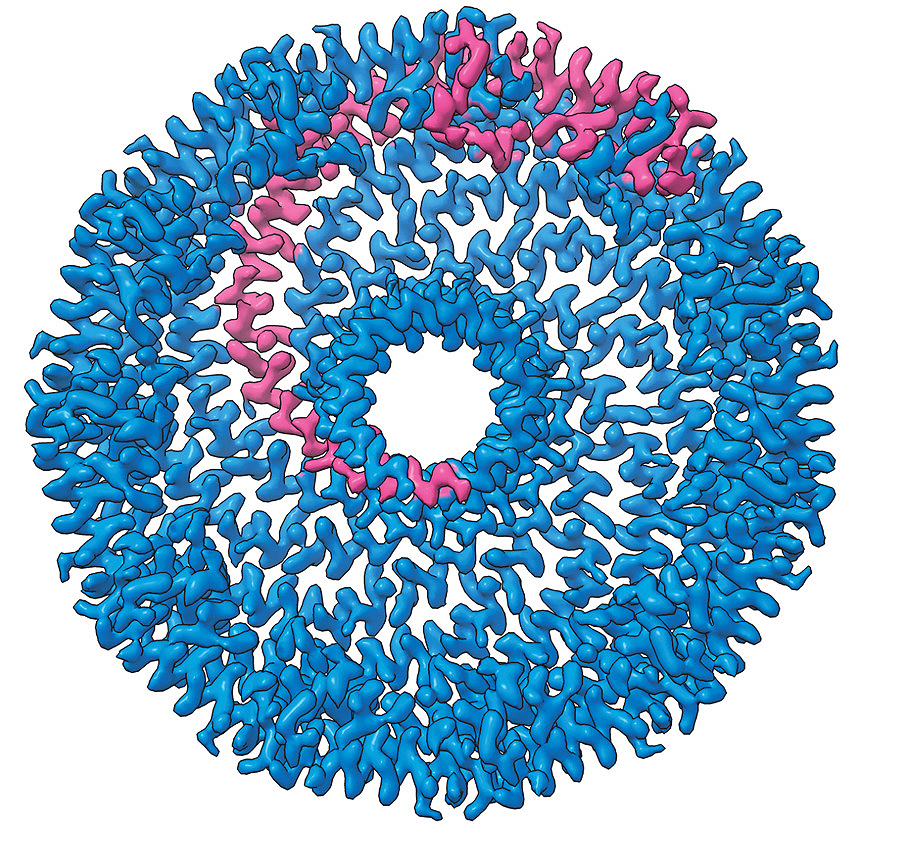Discoveries
-

Wan named Pew Scholar in Biomedical Sciences
William Wan, assistant professor of biochemistry at the Vanderbilt University School of Medicine Basic Sciences, has been named a 2022 Pew Scholar in the Biomedical Sciences. “As a Pew Scholar, our lab will use and develop cutting-edge methods like cryo-electron tomography to determine how… Read MoreJun. 14, 2022
-

Bacterial battle in 3D
Staphylococcus aureus (“staph”) is an increasingly antibiotic-resistant bacterial pathogen that can cause a variety of life-threatening illnesses. Researchers at Vanderbilt University School of Medicine have developed integrated molecular imaging techniques that can produce 3D views of the battle between invading pathogens and the body’s immune defenses down… Read MoreJun. 2, 2022
-

The academic startup guy: Larry Marnett, founding dean of Basic Sciences
In the early 1960s, young Larry Marnett received his amateur radio license from the Federal Communications Commission. He put up an antenna outside his Kansas City, Kansas, home and began tapping away in Morse code. “It was just so cool to be ‘talking’ to someone in California or Canada,” Marnett… Read MoreJun. 1, 2022
-

Discovery of mosquito survival tactics leaves room for new disease vector control tactics
The appendages that protrude from a mosquito’s head hold the sensory systems that account for nearly all of its ability to detect and respond to a wide range of chemical signals that are critical for its reproduction and its survival. At the molecular level, these systems rely on genes that… Read MoreJun. 1, 2022
-

Diabetes, cardiovascular drug targets
Type 2 diabetes, which affects more than 30 million Americans, increases risk of cardiovascular disease. Nearly 70% of people with Type 2 diabetes die from heart disease or stroke. Maureen Gannon, PhD, and colleagues investigated the role of the inflammatory lipid signaling molecule PGE2 — acting through… Read MoreMay. 26, 2022
-

Study identifies first cellular “chaperone” for zinc, sheds light on worldwide public health problem of zinc deficiency
We need zinc: one-tenth of the proteins in our cells require this metal for their normal functions in all aspects of cell metabolism. We acquire zinc by eating it — in foods or multivitamin supplements — but up to 30% of people in some parts of the world are at… Read MoreMay. 19, 2022
-

Molecular ‘switch’ may illuminate stomach disorders
An international team that included researchers from Vanderbilt University Medical Center has discovered a molecular switch that induces rapid proliferation of zymogen granule-secreting chief cells in the stomach to regenerate damaged tissue. The finding, which was reported earlier this month in the journal Cell Stem Cell, may be crucial… Read MoreMay. 19, 2022
-

Study sheds light on the dark side of obesity
Obesity is an inflammatory condition that can damage tissues throughout the body, resulting in increased risk for cardiovascular disease, insulin resistance, type 2 diabetes and possibly kidney disease. The agents of inflammation are immune cells called macrophages, which accumulate in fatty tissue, and which produce inflammatory chemicals called cytokines. But… Read MoreMay. 17, 2022
-

Collaborative research yields new protein structure
Structure of a caveolin-1 complex obtained using cryo-electron microscopy. A protomer, or a structural unit, is highlighted in magenta. The image was cropped to focus on panel A of Figure 1 of the paper, modified and published here in accordance to a CC BY-NC 4.0 license. Read MoreMay. 16, 2022
-

Vanderbilt University honors emeritus and emerita faculty
Vanderbilt University has honored 35 retiring faculty members for their years of service by bestowing upon them the title of emerita or emeritus faculty. They were recognized during Vanderbilt’s Commencement ceremony on May 13. A faculty member who has served the university with distinction over a period of years and… Read MoreMay. 13, 2022